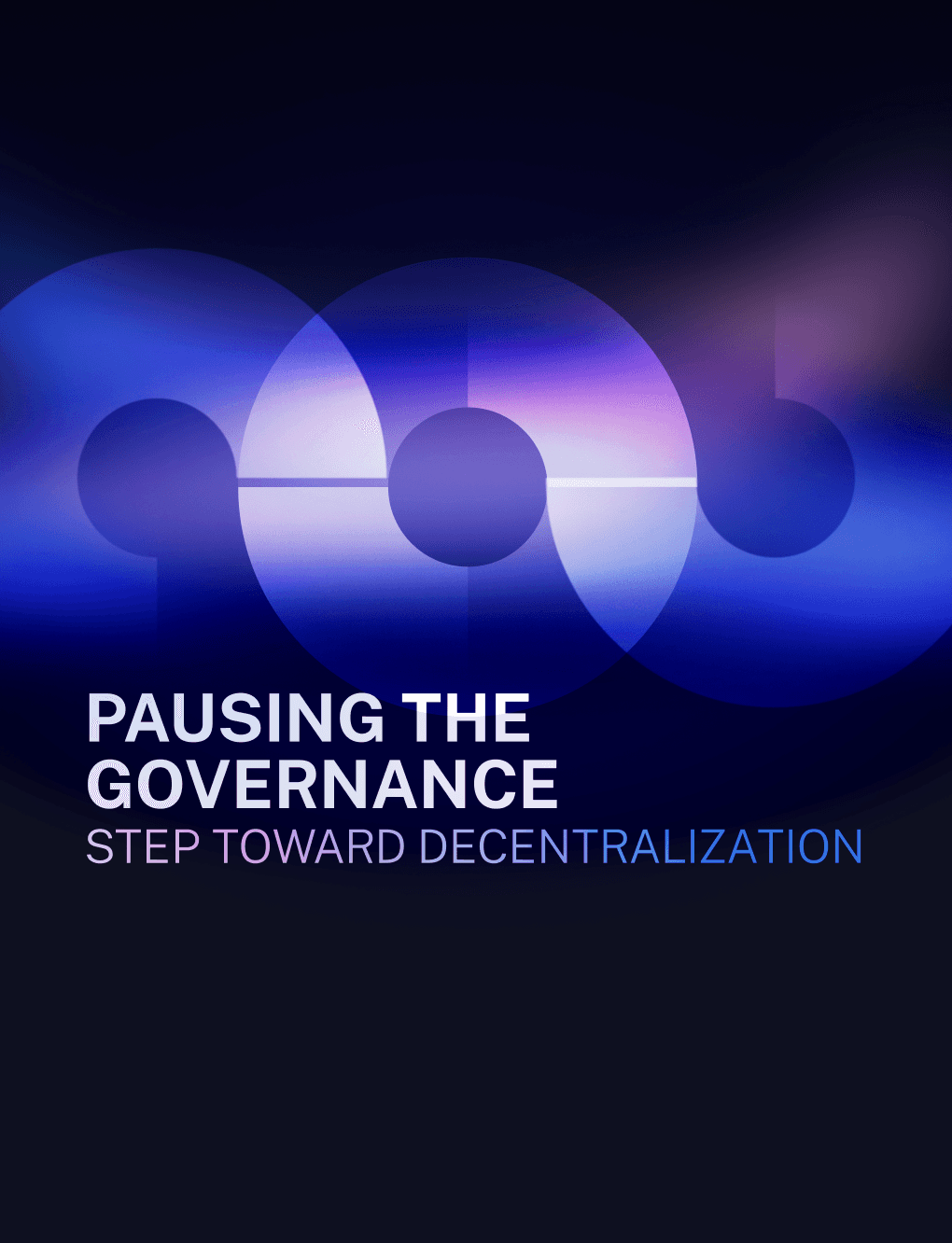My name is Maciej Baj, I've been working on t3rn since 2020, when the Web3 Foundation gave us a grant to prove a composable and interoperable smart contract execution platform was even feasible beyond the original t3rn whitepaper.
Our mission was clear yet ambitious: to prove that a composable and interoperable smart contract execution platform could not only exist but thrive within the burgeoning landscape of blockchain technology. This initiative was born from a vision to enhance the way smart contracts are executed across diverse blockchain ecosystems, making them more accessible, secure, and efficient.
Fast forward to August 2024, we reached a significant milestone in our journey—the launch of the t3rn public testnet. This event marked the first major step towards our upcoming mainnet release, bringing us closer to realizing our comprehensive vision of a composable smart contract platform. The testnet serves as a foundational phase, allowing us to test, iterate, and refine our approach based on real-world use and feedback. It's a crucial stage that sets the groundwork for the robust, scalable deployment of our full platform.
Now, as we navigate this pivotal period, it feels like an opportune moment to reflect on what we’ve achieved and how these developments contribute to the broader objectives of t3rn. Our journey from concept to testnet has been guided by a commitment to solving some of the most persistent challenges in blockchain interoperability and contract execution.
The t3rn Settlement Layer
At the heart of our platform is the t3rn Settlement Layer, engineered to amplify the interoperability, security, and flexibility of smart contracts. This layer is crucial as it enables seamless interoperable execution across different blockchain environments, thus broadening the potential use cases and functionality of smart contracts. By allowing diverse blockchain ecosystems to interact without friction, the Settlement Layer not only enhances the utility of existing chains but also opens up new avenues for developers and enterprises looking to leverage blockchain technology in innovative ways.
Our testnet release, coupled with the anticipated and upcoming EVM bridging mainnet launch, and the Token Generation Event (TGE), are foundational components that establish both the Settlement and Execution Layers of the t3rn protocol. These developments are defining milestones in ceding and bootstrapping the t3rn smart contract platform.
Look Forward
As t3rn continues to evolve and expand its capabilities, we are on the cusp of entering an exciting phase of development that promises to enhance and scale our blockchain interoperability solutions. Looking forward, the focus will be on solidifying our platform’s Economic and Interoperability Layers. These enhancements are not only aimed at increasing the intrinsic value and functionality within the t3rn ecosystem but also at extending our reach to include a wider array of blockchain projects and technologies.
This forward-looking strategy will ensure that t3rn remains at the forefront of blockchain innovation, providing robust, secure, and efficient solutions that meet the evolving needs of our users and developers. As we progress, the integration of advanced economic incentives and broadened interoperability will play pivotal roles in shaping the future landscape of blockchain technology.
Economic Layer
The Economic Layer of the t3rn ecosystem is designed to accrue value and enhance utility across its platform. This layer will focus on expanding the network of Executors, catering to a diverse and increasingly specialized user base with unique needs that span various blockchain ecosystems.
The full release of the t3rn smart contract platform, as outlined in the original whitepaper, is a pivotal component of t3rn. It promises to revolutionize how developers interact with the platform by offering them opportunities to earn rewards for the code they contribute. This incentive model not only motivates ongoing development and innovation but also ensures that the platform remains cutting-edge and community-driven. Moreover, this layer will explore sophisticated economic models to manage and distribute transaction fees, staking mechanisms, and reward distributions, all tailored to ensure a balanced and sustainable blockchain environment. These mechanisms will be crucial for maintaining the platform’s economic stability and ensuring an ongoing and lucrative system for the builders that contribute to it.
Interoperability Layer
The Interoperability Layer of t3rn aims to extend the platform’s reach beyond traditional EVM (Ethereum Virtual Machine) ecosystems to embrace other promising, yet under-serviced blockchain environments. This includes , but is not limited to, pushing into realms like Substrate projects. Furthermore, by supporting the modular movement and expanding to platforms such as Celestia, t3rn not only diversifies its service offerings but also enhances its capacity to integrate with a broader spectrum of blockchain technologies.
Further decentralizing the t3rn tech stack is a strategic focus within this layer, aiming to bolster the platform’s resilience and security through distributed and fault-tolerant systems. The introduction of advanced security guarantees, such as fault proofs, will fortify the network for users to always have the utmost guarantees that their funds are never at risk, irrespective of the nature of their cross chain transaction. This comprehensive approach to interoperability empowers developers and users alike, enabling seamless connections across an even wider array of blockchain projects and fostering a truly interconnected digital asset landscape.
About t3rn
t3rn has been created to offer a fresh approach to the problem of blockchain interoperability – the ability for blockchains to communicate and interact with one another. t3rn offers fast, secure and cost-efficient swapping, optimizing cross-chain executions by leveraging the modular layers of the t3rn stack for storage, validation, settlement and consensus. t3rn is the modular interoperability layer, offering superior swapping for users and powerful modularity for builders.
Never miss a t3rn.
The t3rn update trusted by 20,000+ and growing. Founder Maciej Baj delivers the most important product updates, ecosystem alpha, and exclusive insights. Once a month, No fluff, just what matters.










